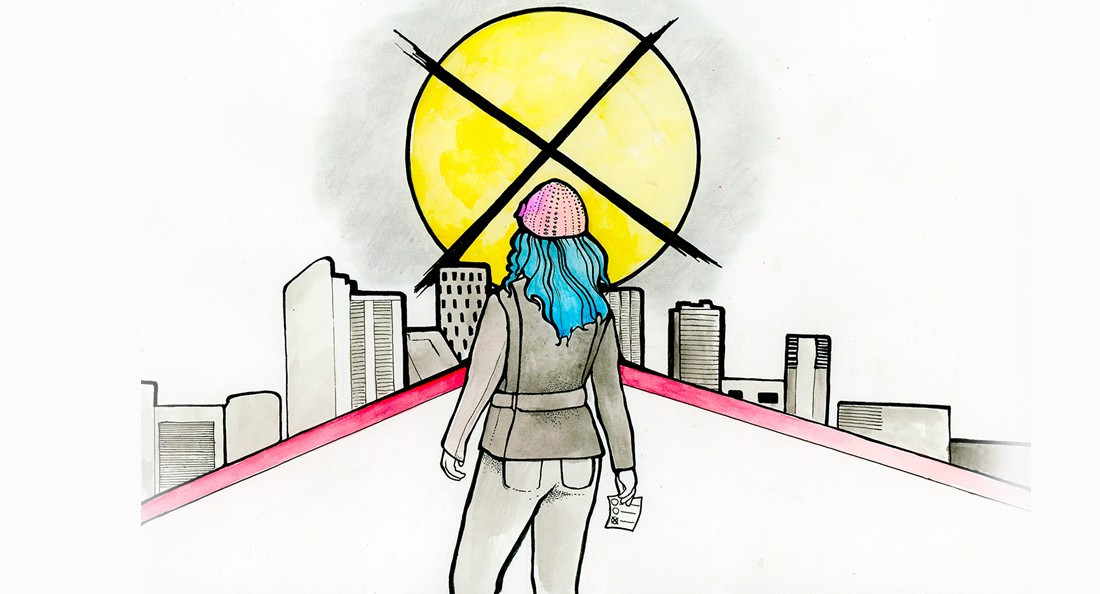‘For whom have we been planning?’
Mode Shift conference imagines a more inclusive Winnipeg
How a city is planned can say a lot about the priorities of a municipal government.
“We really haven’t prioritized people in the way we’ve built our cities. And all people. My question is always: for whom have we been planning? And I think when you ask that question, you start picking away at who we’ve left out,” Amina Yasin says.
Yasin is one speaker at this year’s Mode Shift conference, an annual, weeklong event featuring lectures, legacy projects and other events about urbanism.
This year, the conference is themed around transportation. As an urban planner in mainland British Columbia, co-chair of the Canadian Institute of Planners’ social equity committee and a caretaker for a parent with Alzheimer’s disease, Yasin will give a masterclass lecture on how cities can become dementia-friendly on Oct. 2.
Mode Shift’s conference director, Anders Swanson, says the conference is an important event in a province that recently allocated $30 million to active transportation.
“This conference will help us spend it in a smart way,” he says.
Yasin says there are a few important factors in why both visible and invisible disabilities tend to get left out of planning, transportation and civil engineering practices.
“Canada didn’t have a federal dementia strategy until this year,” she says, but also, “we really don’t have any sort of substantial disability act in Canada, so when we speak about ourselves in relation to equity and who we serve, we’re really doing a disservice to the disabled community across Canada, because that’s not really something that we’ve substantially looked at.
“The dementia strategy is great to have, but it doesn’t really look at active transportation or the built environment and funding programs like that. There’s a lot of things across the urban planning field and built environment field that they could consider.”
One example she cites is the beg button pedestrians are supposed to push before crossing an intersection.
“The onus is on them to, well, beg for the right of way and the ability to cross the street,” she says. She also says that the crossing time often fails to account for people who move more slowly, putting the safety of children, seniors, people with disabilities and people with certain mental health conditions at risk.
She also notes that active transportation often does not take into consideration the physical and systemic barriers for marginalized people to access transportation, such as a lack of washroom infrastructure close to bus stops.
Yasin says planners need to bring people who have physical and cognitive disabilities into their public consultations and their permanent staff positions.
“It’s only when they’re at the policy table that we can face these issues, because it’s not about empathizing and trying to put yourself in somebody else’s shoes and lived experiences when you can’t possibly fathom what that is like. It’s about bringing those people to the table and hiring those people,” she says.
While Anders says the City of Winnipeg has had a “lopsided strategy” in its prioritization of car infrastructure over better walkways, cycling paths and transit funding, he says this conference will be relevant for a year that has had so much public conversation about transportation.
“This is definitely part of a bigger dialogue that I think is really important to everyone, because transportation literally and figuratively connects us all,” he says.
Mode Shift runs from Sept. 30 to Oct. 4. Visit modeshift.ca for information and scheduling.
Published in Volume 74, Number 4 of The Uniter (September 26, 2019)







